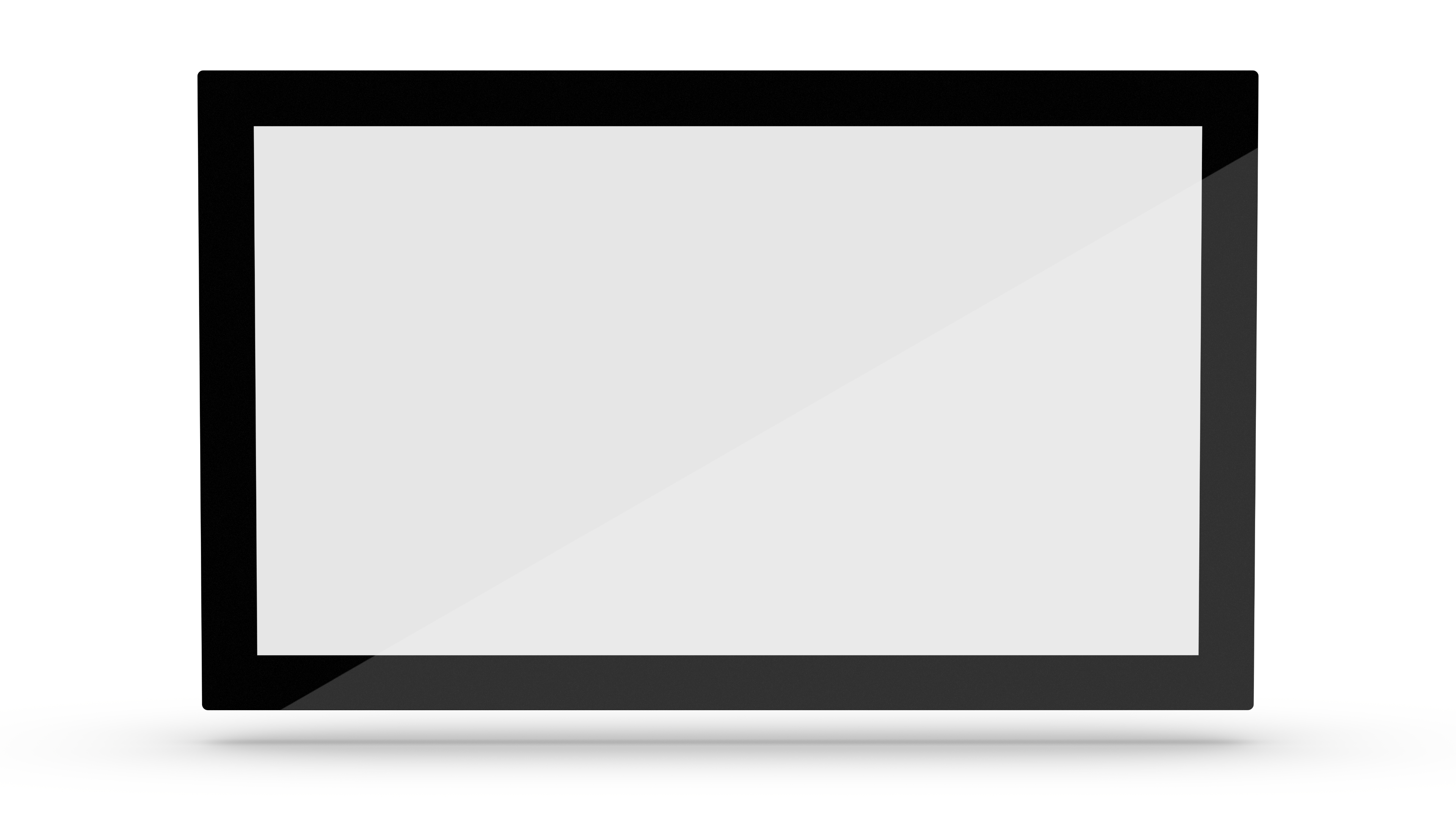Print on Individual printing
The visual design of touchscreens is becoming increasingly relevant for product development and marketing of touch systems or handhelds.
In this way, the appearance can be adapted to the needs of the market, which is particularly important in the consumer segment.
In order to improve ergonomics, it is possible to determine fixed menu items by printing, which lead to easier usability of the application. The technical requirement of being able to precisely recognize predefined menu items via the controller is fulfilled Interelectronix for all capacitive and resistive touchscreens.
Individual design options for reverse glass printing
The printing of the touchscreens is mainly done by reverse glass printing. In this process, it is not the surface that is printed, but the back. Because the ink is applied to the back of the glass or film, the printing is not exposed to external influences and is therefore considerably more durable.
Due to the high-precision printing techniques used, such as screen printing, digital printing and laser printing, Interelectronix offers the possibility to design each touchscreen individually and to the needs of the application or the market. Whether it's the company logo, color frame, menu items or patterns, there are no limits to the printing of the touchscreens.
When printing on the touchscreens, we attach great importance to accuracy in terms of color fidelity, color brilliance and dimensional tolerance.
Durable Color printing of the surface
An alternative to reverse glass printing is printing on the surface of glass or PTE touch screens, which can be advantageous for various applications.
Printing on the surface places different demands on quality and printing processes. The printing technology used and the ink used must produce an application of ink which, depending on the application,
- particularly scratch-resistant,
- chemically resistant,
- Particularly lightfast
- or Temperature-resistant
is.
Depending on the place of use and the specific requirements, the appropriate colors are used:
- Two-component colors,
- UV-curing inks,
- ceramic baking inks,
- electrically conductive paints.
Our technicians will advise you competently on the choice of the most suitable process and color and explain all the advantages and disadvantages in detail.
